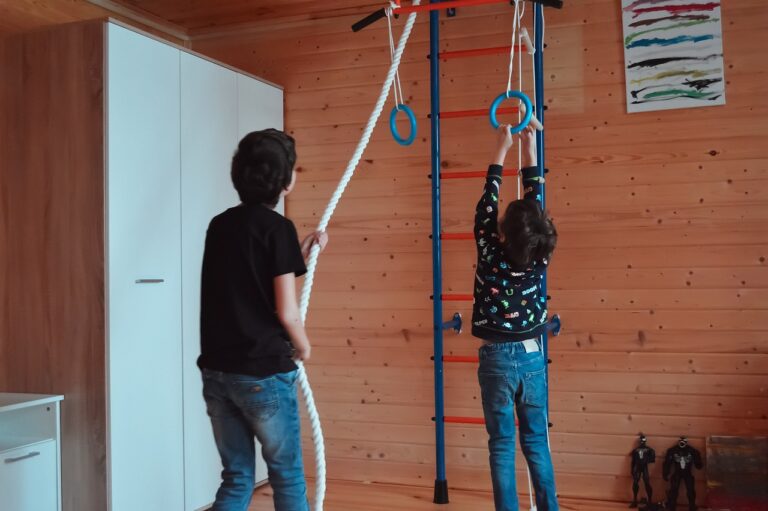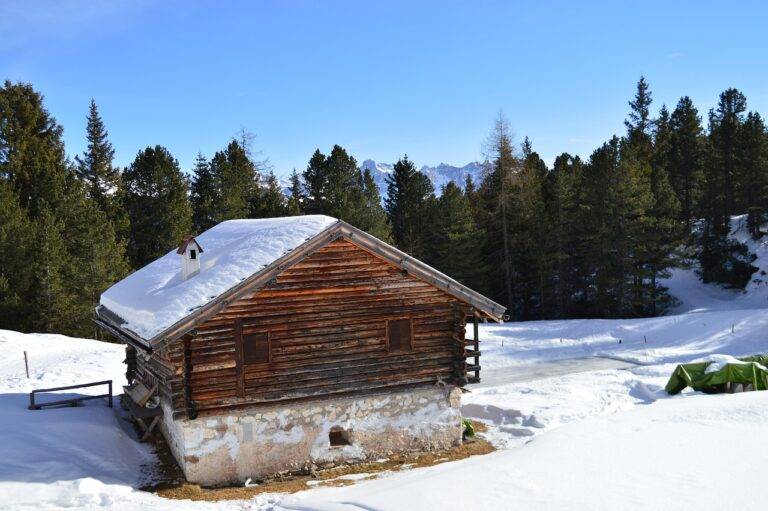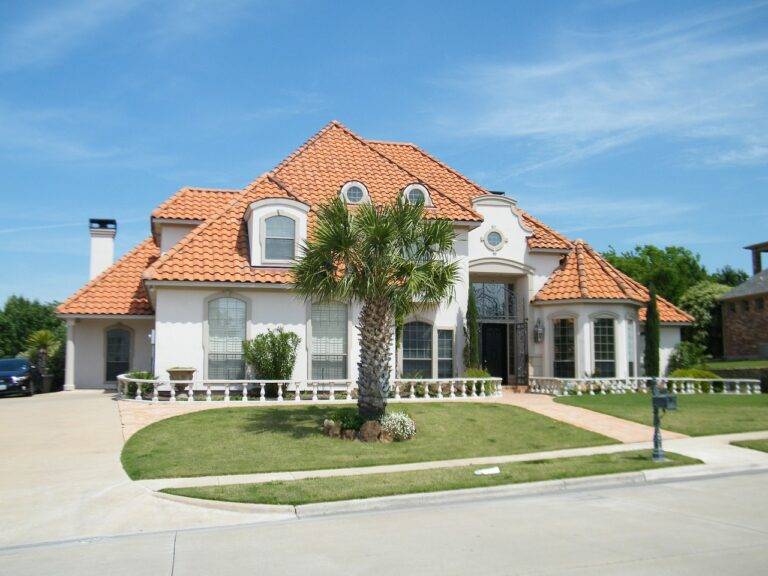Understanding Fireplace Venting Options: Betbhai.com, Cricbet99, Diamond exchange 9
betbhai.com, cricbet99, diamond exchange 9: Fireplaces are a cozy addition to any home, providing warmth and ambiance during the colder months. However, when it comes to fireplace venting options, many homeowners may feel overwhelmed by the choices available. Understanding the different venting options can help you make an informed decision about which one is best for your home.
Direct Vent Fireplaces
Direct vent fireplaces are a popular choice for many homeowners. These fireplaces have a sealed glass front and draw air from outside for combustion, making them highly efficient and safe. Direct vent fireplaces can be vented horizontally or vertically through a wall or roof, allowing for more flexibility in installation.
Natural Vent Fireplaces
Natural vent fireplaces, also known as B-vent fireplaces, use a chimney to vent combustion gases outside. These fireplaces draw air from inside the home for combustion, which can lead to a loss of heated air and reduced efficiency. Natural vent fireplaces are typically less expensive to install than direct vent fireplaces but may be less efficient.
Vent-Free Fireplaces
Vent-free fireplaces do not require any venting, as they burn gas or propane cleanly enough to eliminate the need for a chimney or flue. These fireplaces are highly efficient and can be installed in nearly any room of the house. However, vent-free fireplaces are not recommended for use as a primary heat source and may not be suitable for all homes.
Electric Fireplaces
Electric fireplaces are another venting option for homeowners who do not have access to a chimney or do not want to deal with the hassle of venting. These fireplaces use electricity to produce heat and flame effects, making them easy to install and operate. Electric fireplaces are also highly efficient and can be used in any room of the house.
FAQs
Q: Do vent-free fireplaces produce any harmful gases?
A: Vent-free fireplaces are designed to burn gas or propane cleanly, producing negligible amounts of carbon monoxide and other harmful gases. However, it is essential to ensure proper installation and ventilation to prevent any potential issues.
Q: Can I convert my existing fireplace to a different venting option?
A: In some cases, it may be possible to convert an existing fireplace to a different venting option. However, this will depend on the specific fireplace and venting system in your home. It is essential to consult with a professional before making any changes.
In conclusion, understanding fireplace venting options is crucial for choosing the right option for your home. Whether you opt for a direct vent, natural vent, vent-free, or electric fireplace, each option has its advantages and considerations. By weighing the pros and cons of each venting option, you can select the best fireplace for your needs and enjoy cozy nights by the fire.







